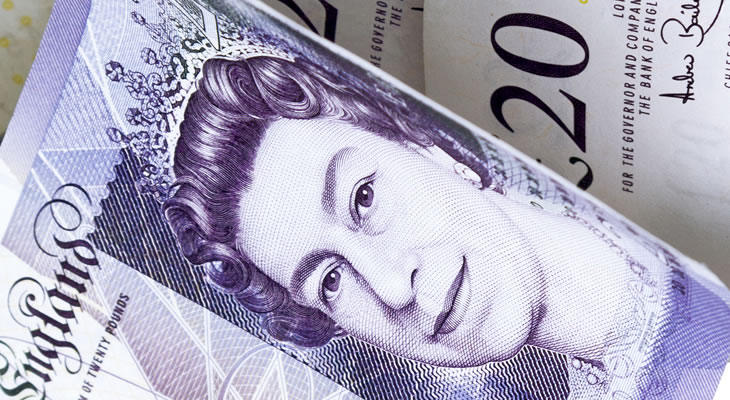While the Pound to Australian Dollar exchange rate surged on Tuesday afternoon, this was more to do with a new risk-off movement in the forex market than Britain’s latest inflation report. GBP AUD reached 1.66 on Tuesday.
Britain’s March Consumer Price Index (CPI) results largely met expectations when they came in on Tuesday. Year-on-year inflation remained at 2.3% and monthly inflation slipped to 0.4% – slightly better than the predicted drop to 0.3%.
However, it remains to be seen how the Bank of England (BoE) will respond to this week’s inflation data or the analyst forecasts that April will see a surge of inflation due to Easter.
BoE Governor Mark Carney is due to hold a speech on Wednesday. Any comments he makes on inflation could have notable short to long-term impact on GBP AUD.
[Previously updated 15:34 BST 10/04/2017]
The Pound took advantage of risk-averse market movement throughout Monday’s European session and as a result the Pound to Australian Dollar exchange rate looked to end Monday in the region of 1.65.
UK inflation stats due on Tuesday will set the tone for GBP trade for the remainder of the week and potentially beyond too, depending on whether or not they surprise investors.
A much better or worse than expected CPI result could have a notable impact on the long-term Pound outlook, which means GBP AUD could shift directions this week.
[Published 09:47 BST 10/04/2017]
The Pound to Australian Dollar exchange rate advanced last week despite weakness in the Pound as markets became averse to risk. GBP AUD tested highs of 1.65 last Friday and approached this level again when markets opened on Monday.
Risk-correlated currencies like the Australian Dollar suffered as a result and geopolitical concerns could keep the risky ‘Aussie’ limp for some time to come.
This means the Pound to Australian Dollar exchange rate could easily advance if this week’s UK data impresses. This week’s British Consumer Price Index (CPI) results for March even have the potential to inspire long-term GBP AUD gains if they make an impression on the Bank of England (BoE).
Recently, demand for the Pound has been held back by underwhelming UK ecostats. Last week’s UK data included underwhelming manufacturing and construction data from February.
Friday’s slew of February UK ecostats generally increased concerns that Britain’s economy was beginning to slow. The value of the Pound has caused inflation to spike and UK businesses are becoming concerned about the nation’s future outside of the EU following Brexit.
Manufacturing and industrial production contracted month-on-month in February. Britain’s February trade deficit stats also disappointed traders as the deficit widened rather than narrowing as expected.
This prevented GBP AUD from making a much bigger advance last week than it otherwise could have. The Australian Dollar performed poorly all week as risk-averse attitudes dominated markets.
With rising political uncertainty in the US, South Africa and France, as well as new jitters following a US missile strike on a Syrian airbase, investors have found ‘safe haven’ investments increasingly appealing compared to high-risk currencies.
A lack of strong Australian data and poor news from the iron ore market have left traders with little reason to buy up the Australian Dollar.
As a result, GBP AUD could surge on Tuesday if Britain’s March inflation stats impress. Analysts expect UK inflation to slow from 0.7% to 0.3% month-on-month but hold at 2.3% year-on-year.
If inflation comes in higher than expected, it will increase bets among traders that the Bank of England (BoE) could soon be pressured into tightening UK monetary policy. This will cause the Pound to gain.
In this situation, the Pound outlook could improve significantly if the BoE were indeed to indicate that it may need to tighten monetary policy in order to tackle inflation. However, some analysts argue this is unlikely as the bank has stated many times that it would not react to soaring inflation that is simply the result of the Pound’s change in value.
However, if inflation slows, Sterling could fall. Additionally, if prices of iron ore begin to improve the Australian Dollar could easily drive the Pound lower.
At the time of writing this article, the Pound to Australian Dollar exchange rate trended in the region of 1.65. The Australian Dollar to Pound exchange rate trended at around 0.60.


Comments are closed.